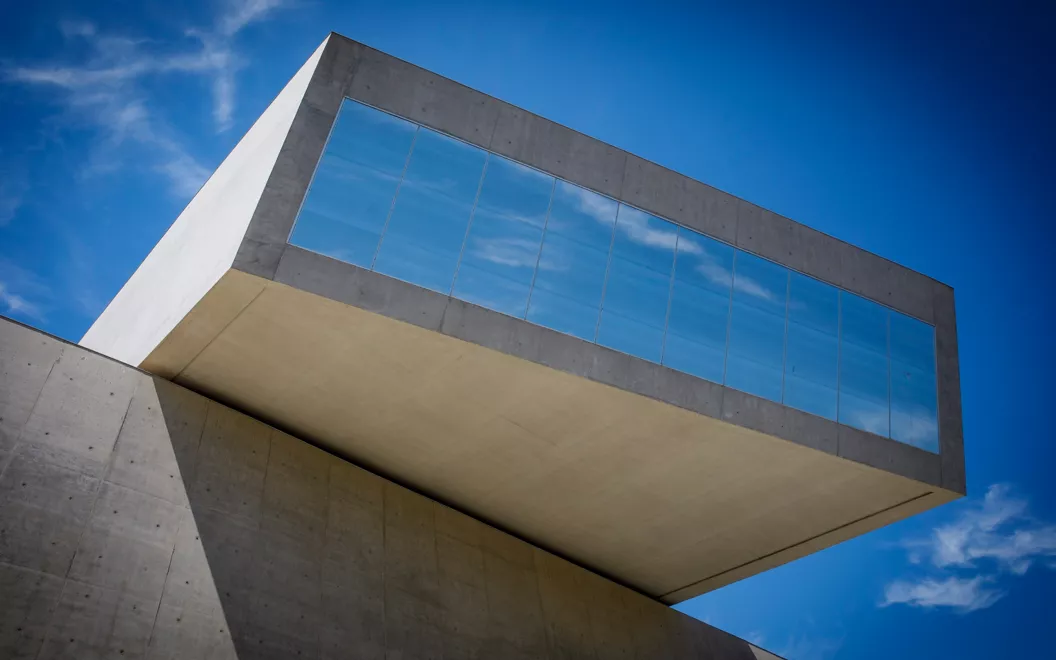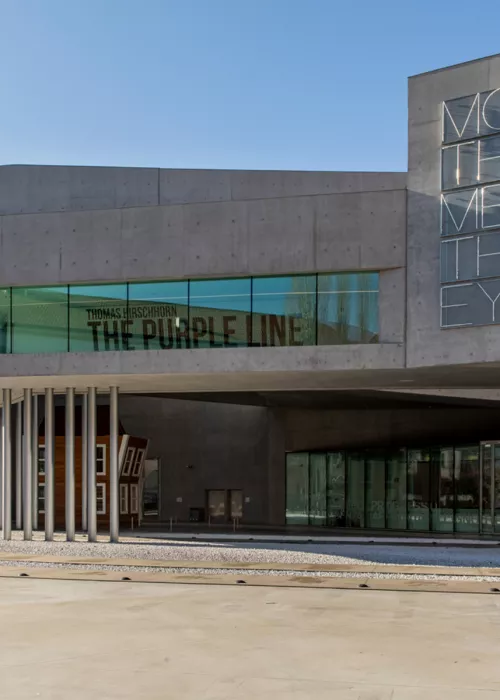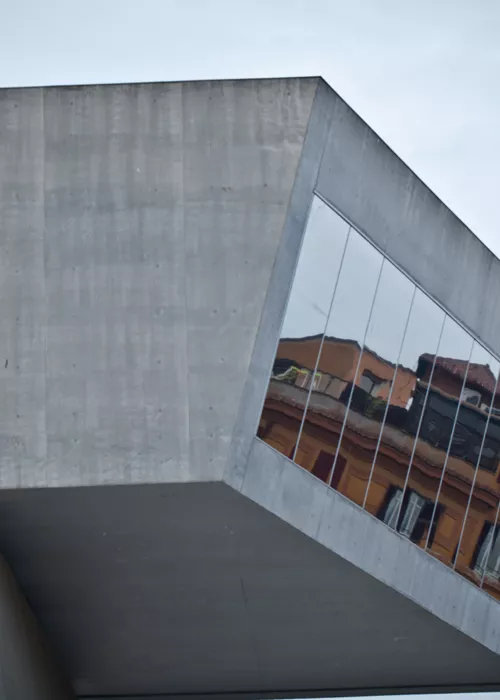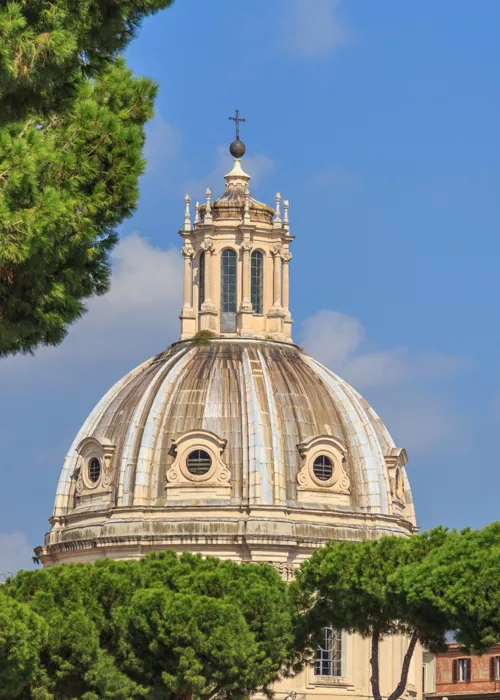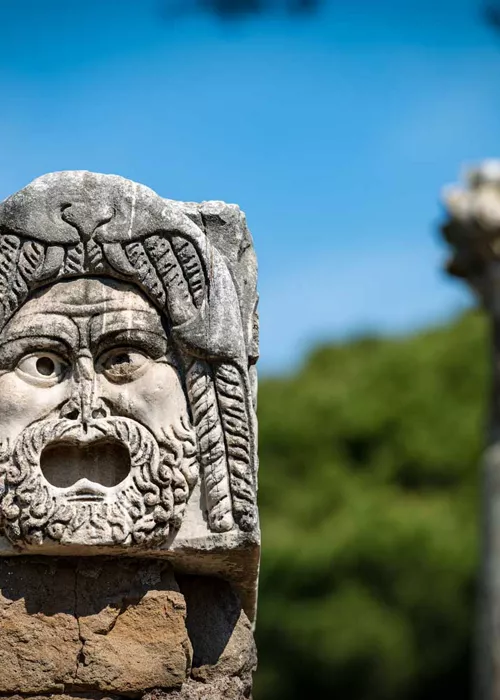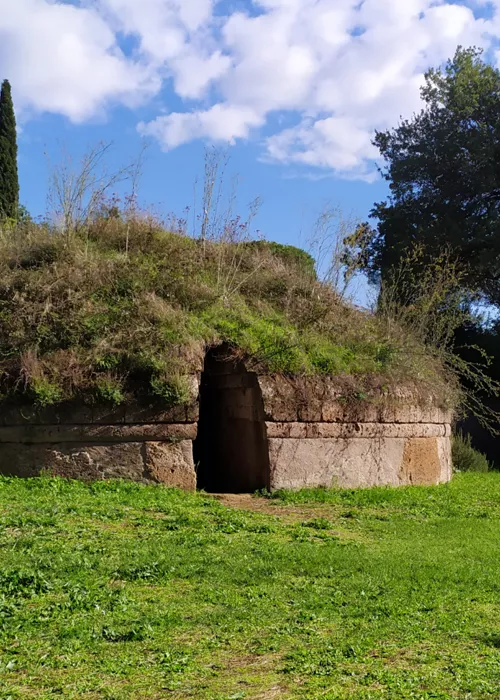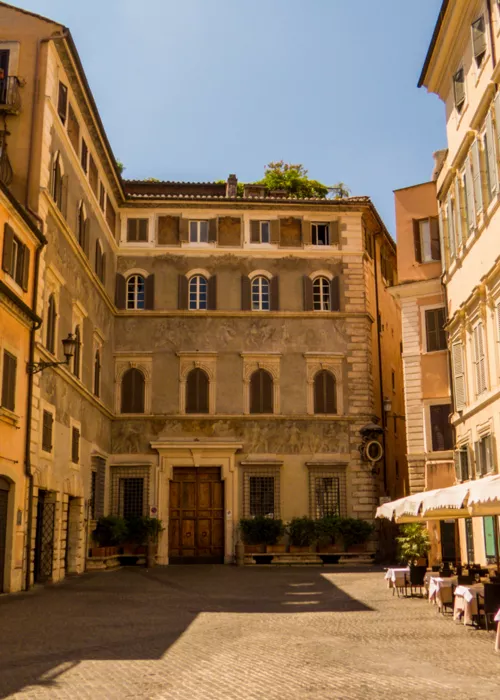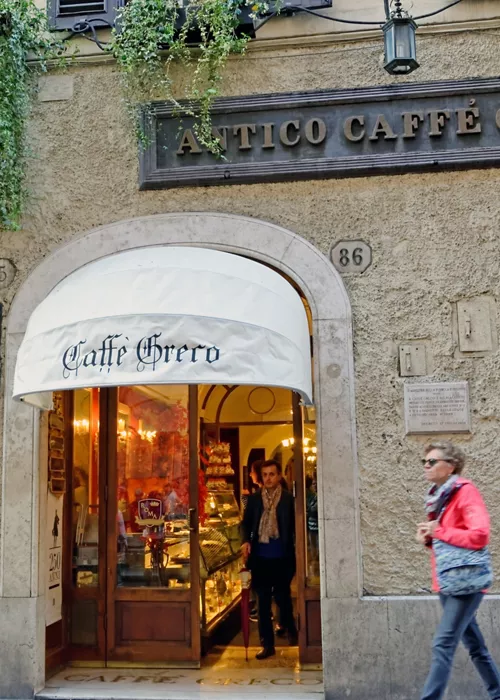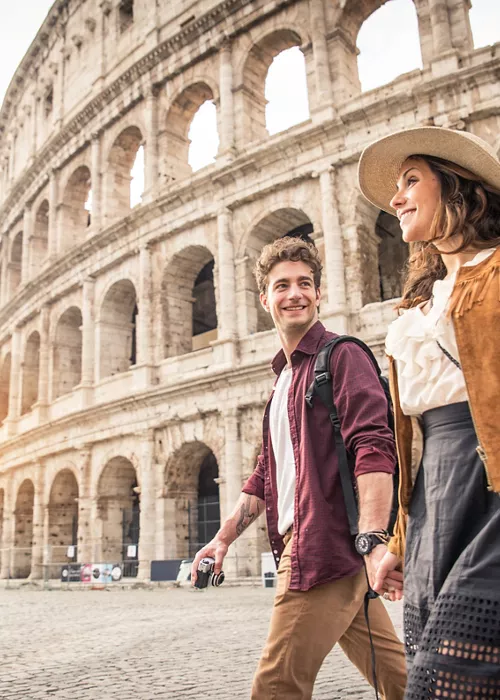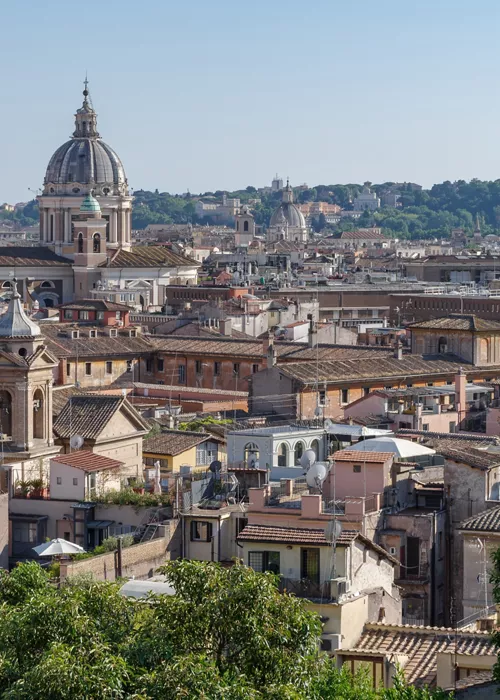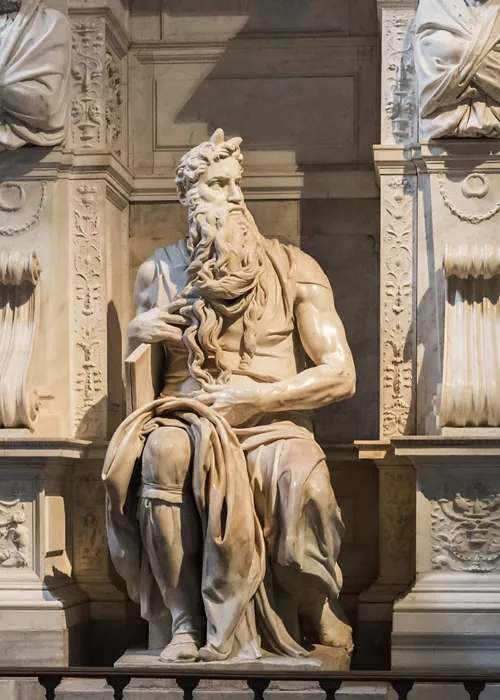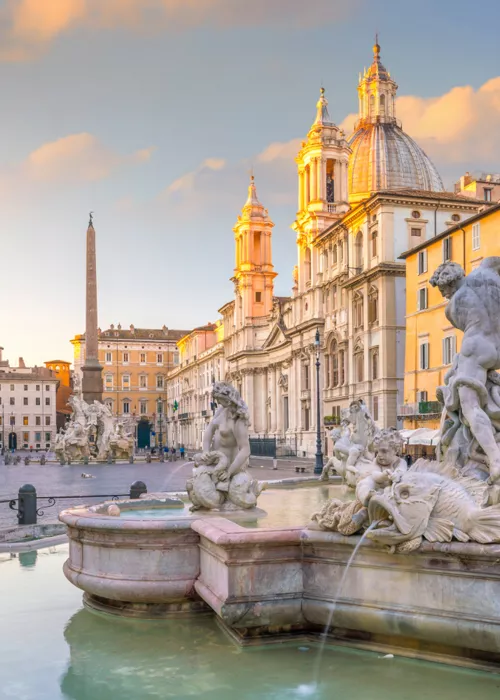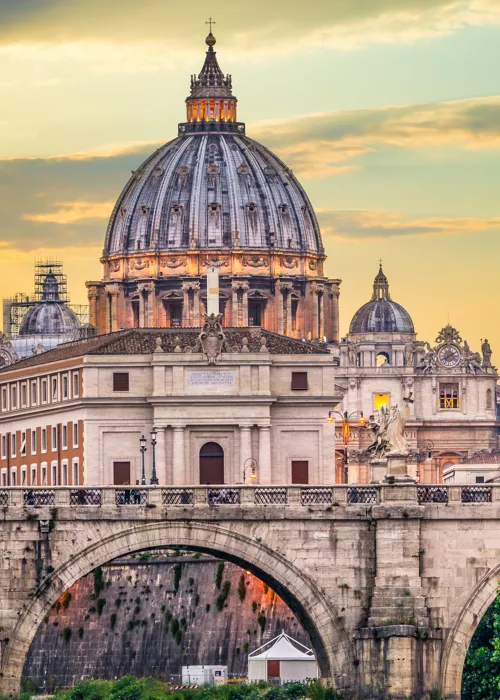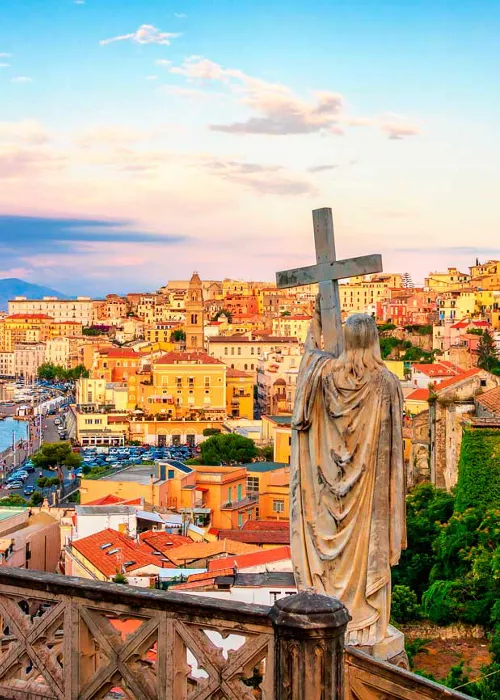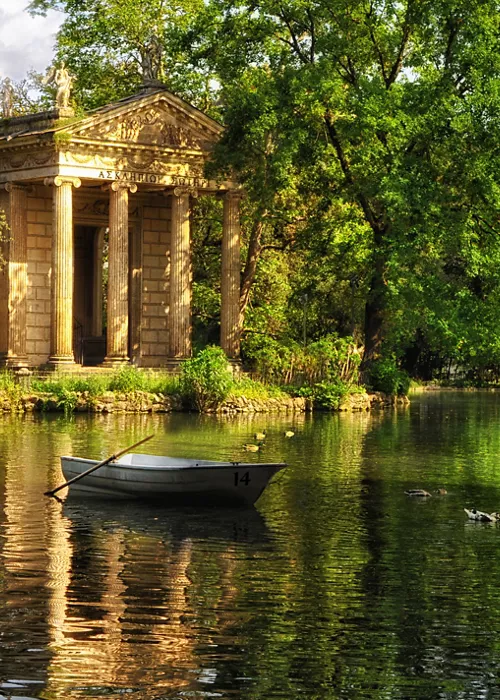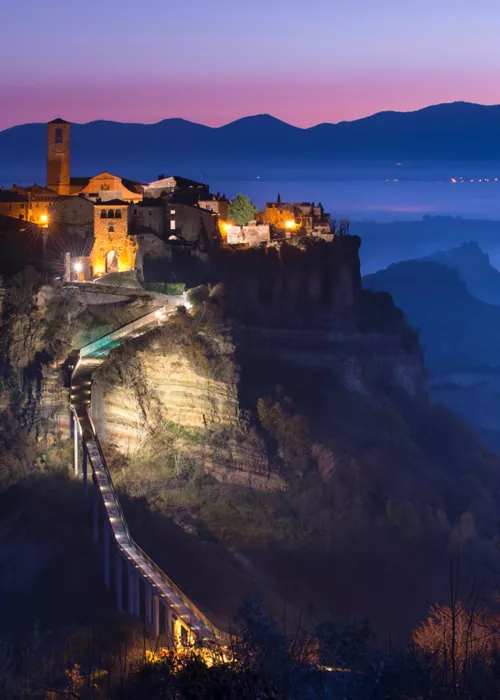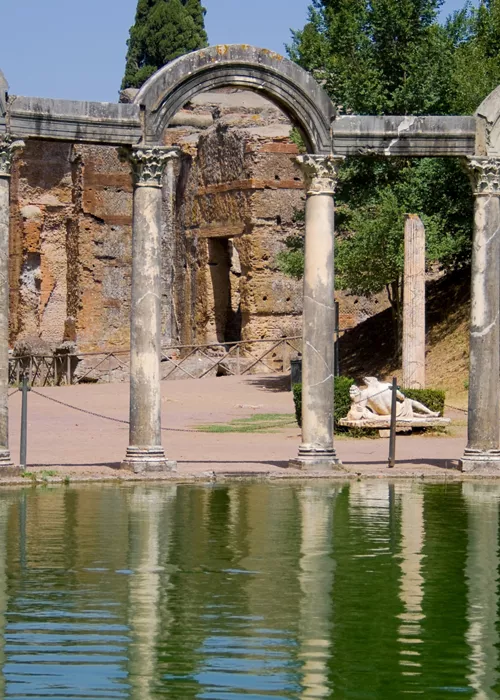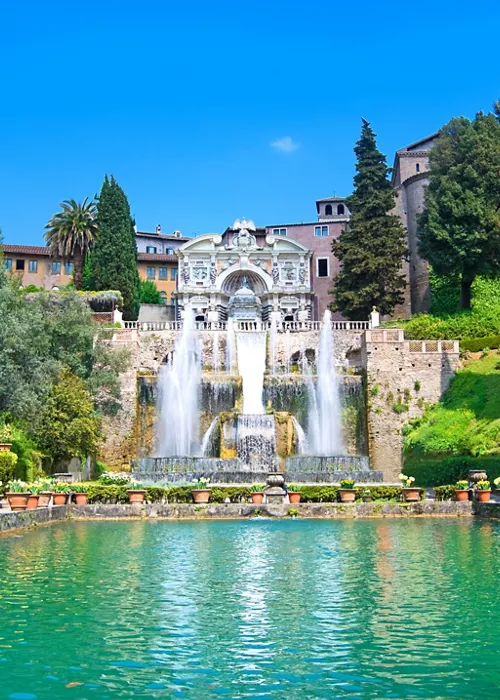At the MAXXI museum in Rome, art combines sustainability and inclusion
3 minutes
A prime example is the MAXXI in Rome, the futuristic National Museum of 21st Century Arts and the masterpiece of architectural icon, Zaha Hadid.
Here, a revolutionary urban regeneration plan, christened GRANDE MAXXI, promises to transform it while respecting the principles of sustainability, inclusion and innovation.
This museum dedicated to contemporary arts is thus preparing to adopt a new look in step with the times, becoming an even more compulsory destination for those passing through the Eternal City.
Grande MAXXI: the new look of one of Rome's best-loved museums
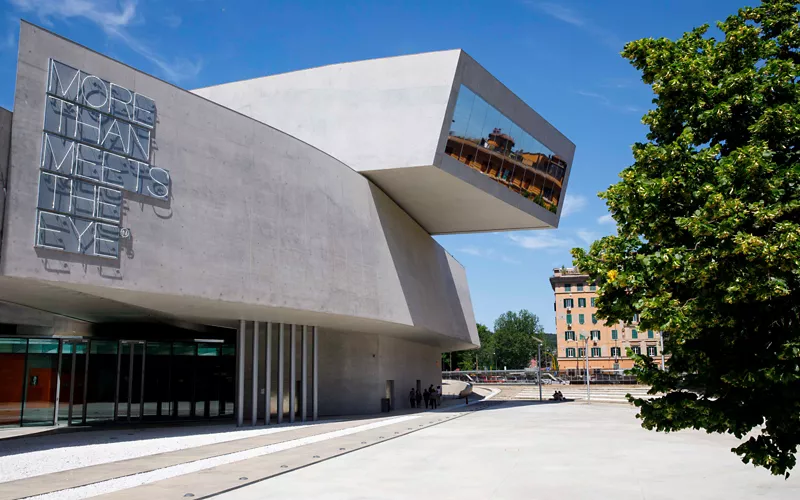
Energy efficiency, redesigned spaces, and measures in step with the times will turn Rome's MAXXI into an example to be emulated.
Indeed, the project includes a new sustainable, high-tech building that will house a research hub. The latter will simplify the dialogue between architecture, art, science and artificial intelligence, becoming a centre of excellence for restoring contemporaneity, including spaces for training activities and innovative and publicly-accessible repositories.
And that' s not all: a new urban green belt, conceived in collaboration with artists and agronomists, will act as a natural lung and will facilitate interesting outdoor exhibition activities, workshops on the environment, and productive vegetable gardens.
The impact on the environment will also be significantly reduced by the use of photovoltaics, the establishment of an energy community and the recovery of rainwater. A considerable reduction in CO2 emissions will also be achieved by replacing methane gas-fired boilers with high-efficiency geothermal heat pumps.
The Grande MAXXI, a museum in step with the times
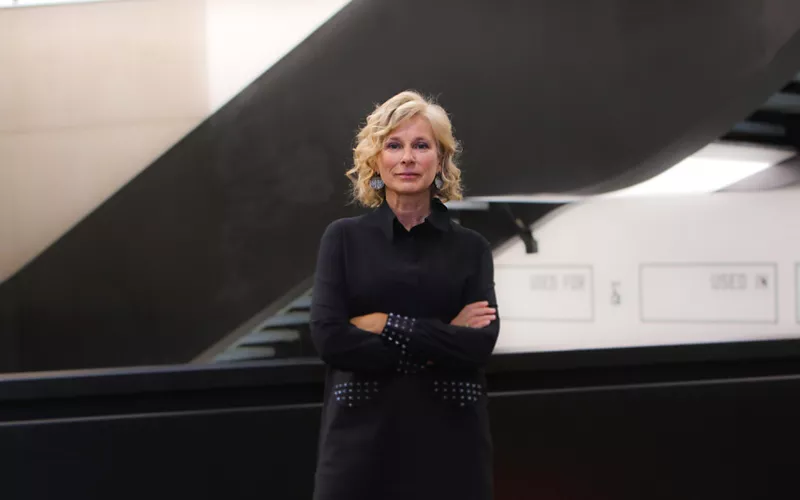
The design of the new MAXXI was presented by Giovanna Melandri, President of the MAXXI Foundation, together with the Minister of Culture Dario Franceschini, the Minister of Infrastructure Enrico Giovannini, the Minister of Defence Lorenzo Guerini and the Mayor of Rome, Roberto Gualtieri. This great promise for the future takes shape in the context of the National Recovery and Resilience Plan and requires an investment of no less than €37.5 million.
The GRANDE MAXXI programme is based on a series of integrated actions that will revolutionise both the building designed by Zaha Hadid and the Piazza Alighiero Boetti onto which the museum faces:
- MAXXI SOSTENIBILE will ensure the energy conversion of Zaha Hadid's building based on the circular economy. The project embraces the green challenge of reducing greenhouse gas emissions and the ambitious goal of carbon neutrality through a multi-year plan.
- MAXXI HUB envisages the construction of a new sustainable and multifunctional building on two levels, with an accessible green roof and an underground car park. It will house:
- The Innovation Hub, a research and development centre in which the most qualified talents from the worlds of art, architecture and creativity will work together with the scientific community;
- The Centre of Excellence for Contemporary Restoration. The new laboratories - flexible, equipped, computerised - will be a point of reference in this field;
- Spaces for specialist training in order to produce future cultural professionals, and new, intelligent and accessible repositories such as the roof garden and the new green corridor.
- MAXXI GREEN, aka the creation of a green area that is equipped, productive and usable by the public. A form of open-air gallery with interventions by artists and landscape architects, with landscape design workshops, productive and sustainable urban gardens that will also serve the museum's refreshment areas, and BioGrounds, the educational garden project for a new environmental awareness.
- MAXXI ACCESSIBLE AND INTELLIGENT, on the other hand, involves the removal of physical and sensorial barriers and provides digital upgrades, the creation of new technological repositories open to the public and the transformation of existing ones.
- MAXXIperTUTTI is a renovation programme that will make all content accessible to any visitor (families, children, students, the elderly, people with disabilities or in fragile conditions, migrant communities, and so on), while MAXXI Technology entails the constant digital upgrade of the museum, which will be equipped with state-of-the-art networks, hardware and software to expand both the production of content and its usage.
The MAXXI in Rome promises to be a revolution that will set the standard throughout the world of culture in terms of sustainability, and more besides.

